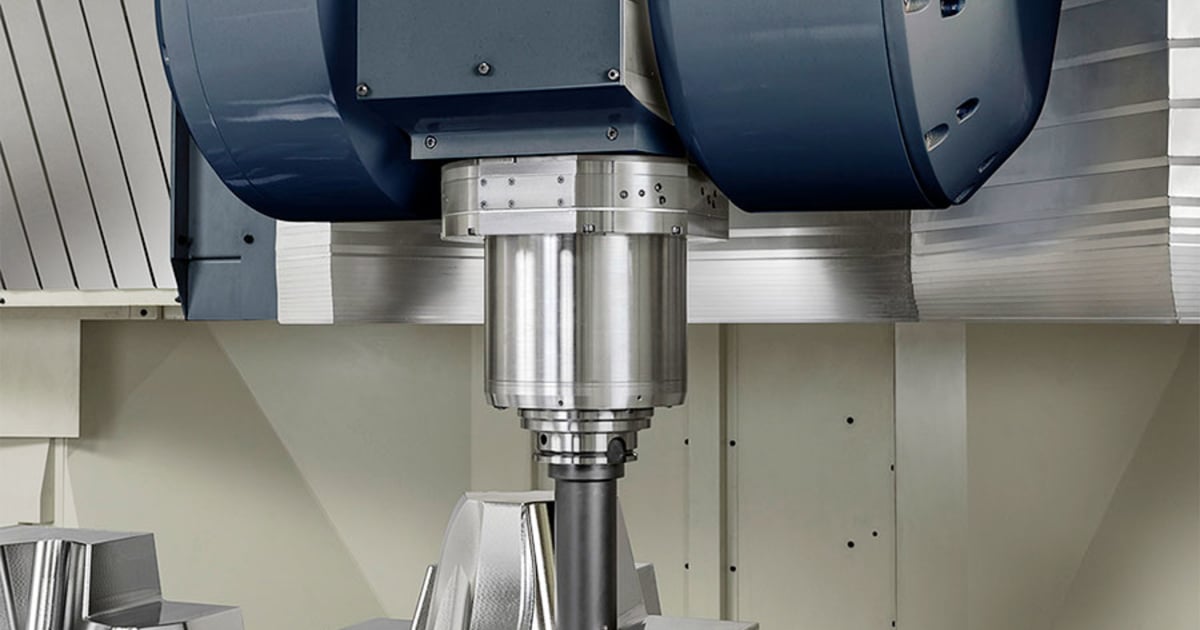
Economists are keeping an eye out for signs of a U.S. recession. But one early indicator of business conditions ahead is signaling that the auto industry is moving into some good times.
Orders for vehicle tooling — an activity that reveals when vehicle programs are stirring — are rising and will likely experience 13 percent compound annual growth from next year through 2025, according to a forecast from Harbour Results Inc.
The increase is significant because automotive tooling activity has been on a downward curve for the past three years.
The coming change is not a reflection of the pandemic’s disappearance from automaker business plans, but rather a sign that companies are preparing for redesigns and variations of bread-and-butter products such as full-size pickups, said Laurie Harbour, CEO of Harbour Results, which tracks activity and trends among tool-and-die and mold makers across North America.”It’s not electric vehicles that are going to make the big impact on the industry,” she said. “It’s the beginning of the new cycle of internal combustion pickups and other models. Work will get underway on the next Ford F-150, on the General Motors trucks and on a new Ram.
“Yes, we have all these new battery-electric products coming, and that’s what everyone’s watching,” she said. “But the work on internal combustion products is going to create a lot of new industry activity.”
Vehicle program activity dipped as the pandemic arrived and threw the future of the auto market into question. But it did not halt the wheels of product cycles, Harbour said. Program activity slowed in 2019, 2020 and 2021 because key projects had just launched in the previous few years.
Harbour said tooling orders slowed because it wasn’t time for the next big wave. “Now it’s time,” she said.
AutoForecast Solutions anticipates that from 2023 through 2029, the number of North American nameplates will increase 18 percent to 249.
The tooling industry is a small corner of the auto landscape. Many tool suppliers are relatively small employers, often independent and family-owned. But the industry is a barometer for what’s ahead.
Orders for tools go out two to three years ahead of vehicles reaching assembly lines.
Harbour estimates the coming cycle will result in $8.3 billion in tooling spending in 2025 vs. about $5.7 billion for the sector this year.
To be sure, EVs will be a big part of the next several years of vehicle development and launches. But they don’t hold a candle to traditional gasoline-burning cars and trucks when it comes to generating tools and parts, for two reasons.
First, EVs have fewer parts, so they require fewer tools and molds to manufacture, less design work to create components and fewer suppliers to handle delivery.
Second, the industry ripple of an EV project is smaller because those vehicles come in fewer model variations as automakers try to hold down their development costs. The gasoline-powered Ford F-150, by comparison, is an industry bonanza because it’s sold in multiple trim levels and packages, each requiring unique parts.
“There are so many trim levels on a traditional truck,” Harbour said. “There’s a long version, a short version, different cabs, duallies, different bumpers, different grilles, different lights, and all the different interior trims. All those tools have to be created.”
The challenge for this new wave of product development will be human resources, Harbour warned.
Toolmakers have struggled for years to recruit and train young talent to grow their business and replace skilled employees who are aging out. But as dire as the situation has been, it could have been worse because tool orders have been down and the pressure has been off.
Now, toolmakers are facing a significant upturn.
“Many of them have been trying new approaches to attract young people,” Harbour said. “They advertise online, they invite recruits to bring their friends. It’s having some success across the sector.
“But it’s a very difficult challenge — not just for them, but for the whole industry,” she said. “People represent shop capacity. And the industry is going to need more capacity.”